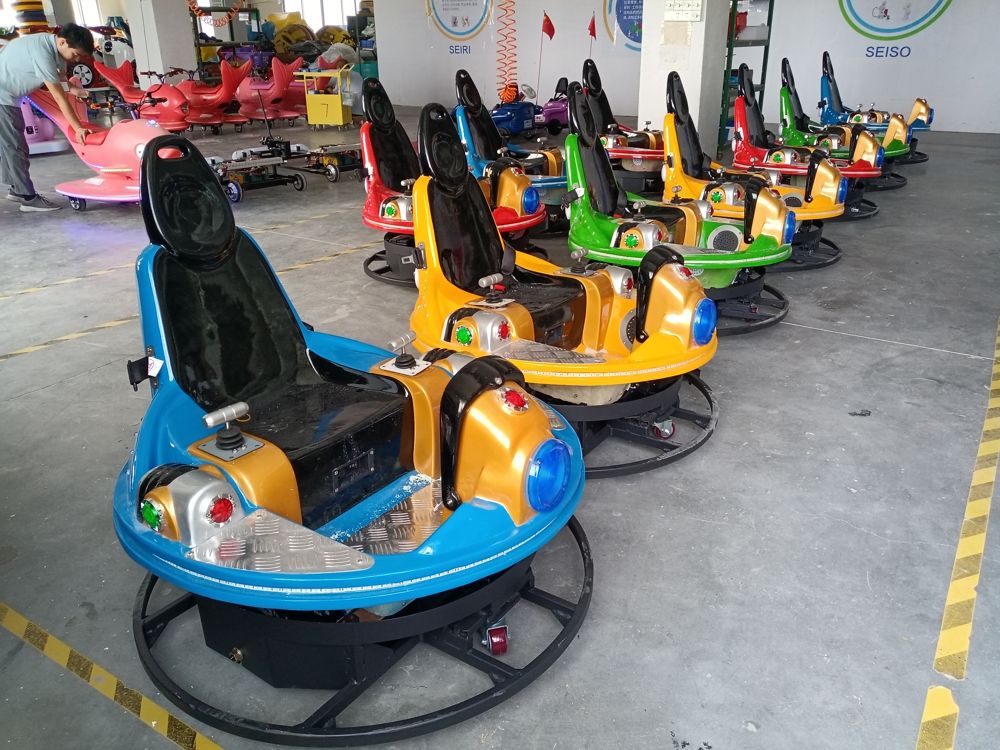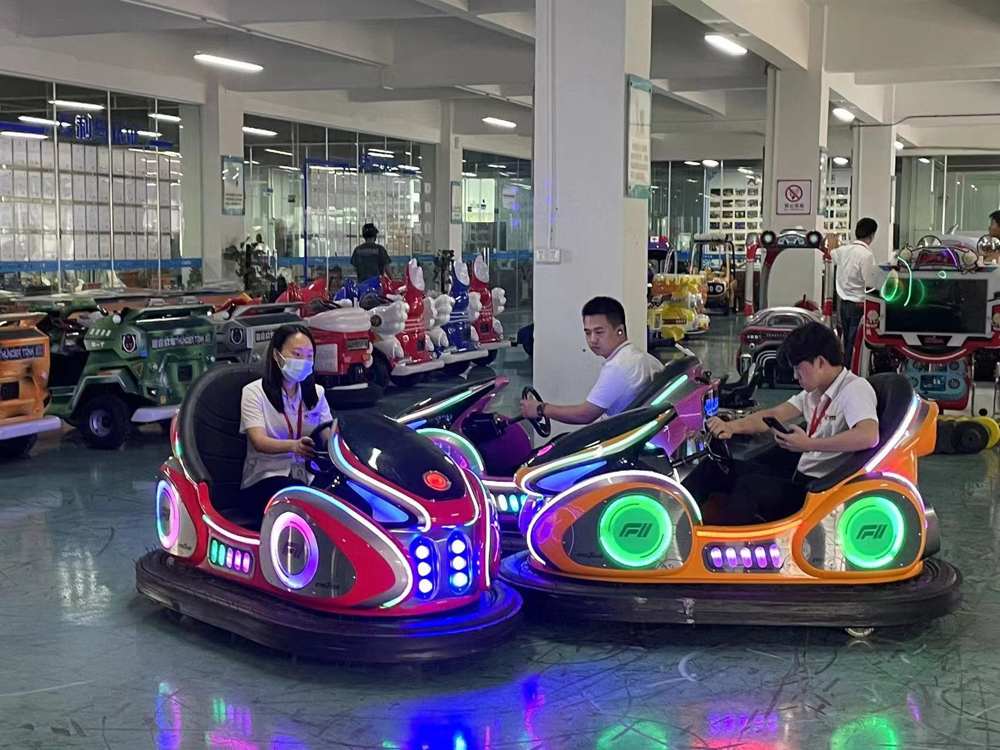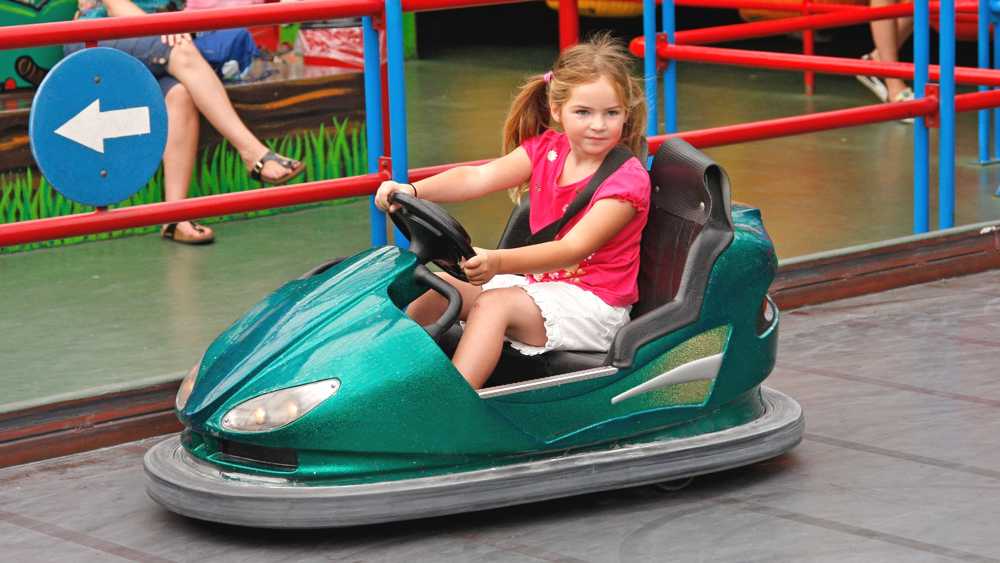In early childhood education centers, the primary task of early education is to lay a solid foundation for children’s sensory, motor, and social skills. How can we stimulate children’s learning interest and potential through engaging and educational activities? Bumper cars, as a game that combines entertainment, movement, and social interaction, are gradually becoming a popular facility in early education centers, helping children achieve comprehensive growth through fun and meaningful experiences.
Table of Contents
- 1 Enhancing Brain Reaction and Body Coordination-A Dual Challenge of Brain and Body
- 2 Boosting Confidence and Social Skills-Learning to Interact in the Game
- 3 Emotional Expression and Emotional Management-Developing Psychological Resilience
- 4 Competitive Advantage-Increasing the Attractiveness and Educational Features of Early Education Centers
Enhancing Brain Reaction and Body Coordination-A Dual Challenge of Brain and Body
Bumper cars are not just a fun entertainment activity; they also effectively train children’s coordination and reaction speed. Children need to quickly make decisions and react while driving bumper cars, such as avoiding other vehicles and adjusting speed. This exercise significantly improves their hand-eye coordination, reaction speed, and spatial awareness, which are all essential for the development of motor skills in the early stages.
As children continue to challenge themselves in bumper car activities, their physical skills are also enhanced. More importantly, this coordination development not only benefits sports activities but also enhances children’s abilities in everyday tasks such as climbing stairs, running, and jumping.

Boosting Confidence and Social Skills-Learning to Interact in the Game
Another significant advantage of bumper cars is their strong social interaction. In early childhood education centers, children can share this activity with their peers, experiencing the joy of teamwork. Through these interactions, children learn how to communicate, share, and cooperate with others, and how to handle minor conflicts between peers.
This experience of socializing through a game helps children build self-confidence and will be beneficial for their future social and academic lives. Through bumper cars, children learn how to enjoy competition within rules and how to work together to achieve a common goal, enhancing their social and emotional skills.

Emotional Expression and Emotional Management-Developing Psychological Resilience
In the bumper car game, children not only experience the joy of success but may also encounter small failures or setbacks during collisions. How they handle these emotional fluctuations is key to their emotional development. Early childhood education centers can seize this opportunity to guide children in expressing their emotions, helping them learn how to regulate their feelings and understand and manage emotional changes. Through this emotional education, children can face future challenges with a healthier and more positive attitude.
The cultivation of emotional management skills not only benefits children’s mental health but also enhances their social abilities and adaptability, providing a strong psychological foundation for their future growth.

Competitive Advantage-Increasing the Attractiveness and Educational Features of Early Education Centers
In the competitive early childhood education market, how can education centers stand out and attract more families? Introducing bumper cars as an innovative facility is an effective way to enhance the competitive edge. Bumper cars not only improve children’s physical fitness and social skills but also increase the fun and attractiveness of educational activities.
By introducing bumper cars, early childhood education centers can not only enhance the quality of education but also meet parents’ needs for children’s comprehensive development, making the center more appealing to potential clients. Therefore, investing in bumper car equipment is a strategic investment in both the children’s development and the educational center’s brand.
